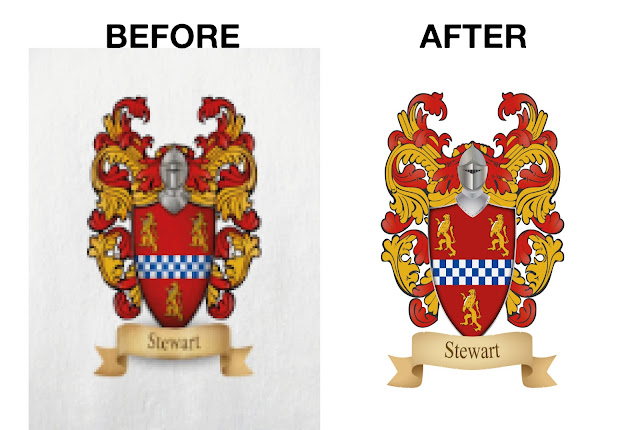Vector tracing, also known as vectorization, is the process of converting a raster image (made up of pixels) into a vector image (made up of mathematical equations). This process is commonly used in graphic design and illustration to create scalable images that can be resized without losing quality.
There are several tools available for vector tracing, including Adobe Illustrator, Inkscape, and CorelDRAW. These programs use various algorithms to analyze the raster image and create vector paths based on the edges and shapes present in the image.
One of the main advantages of vector tracing is that it allows for greater flexibility in design. Since vector images are based on mathematical equations, they can be easily edited and modified without losing quality. This makes vector tracing particularly useful for creating logos, icons, and other graphics that may need to be resized or adapted for different applications.
However, vector tracing is not a perfect process and there are some limitations to what can be achieved. In some cases, the vectorized image may not perfectly match the original raster image, particularly in cases where the original image contains complex textures or shading. Additionally, vector tracing can be a time-consuming process, particularly for large or complex images.
Despite these limitations, vector tracing is an important tool for designers and illustrators, allowing them to create high-quality, scalable graphics that can be used across a range of applications.
















No comments:
Post a Comment